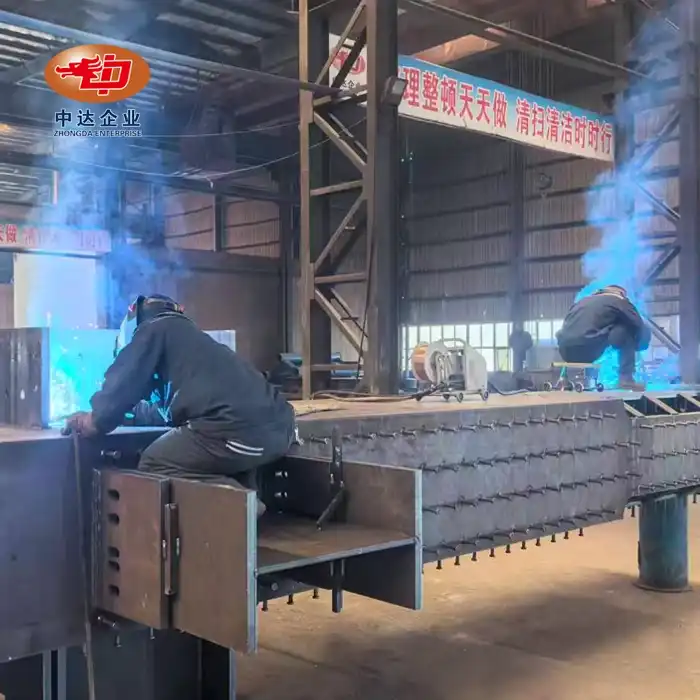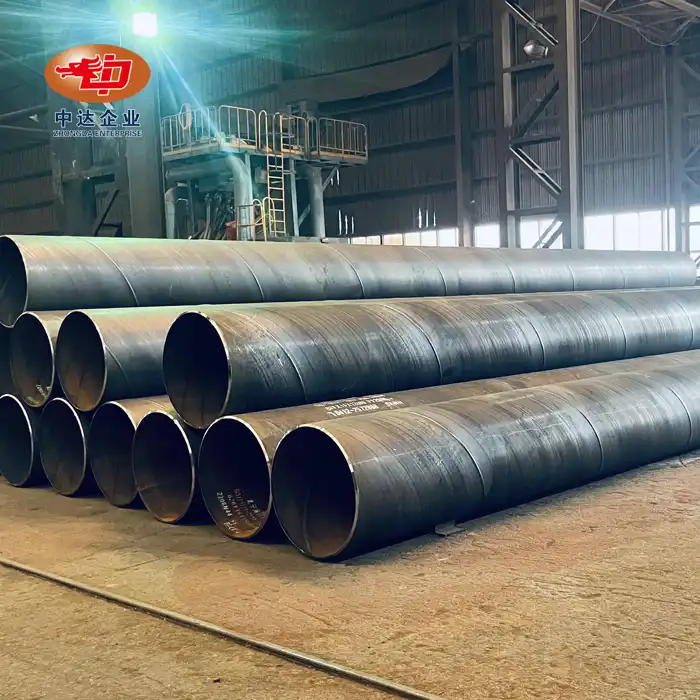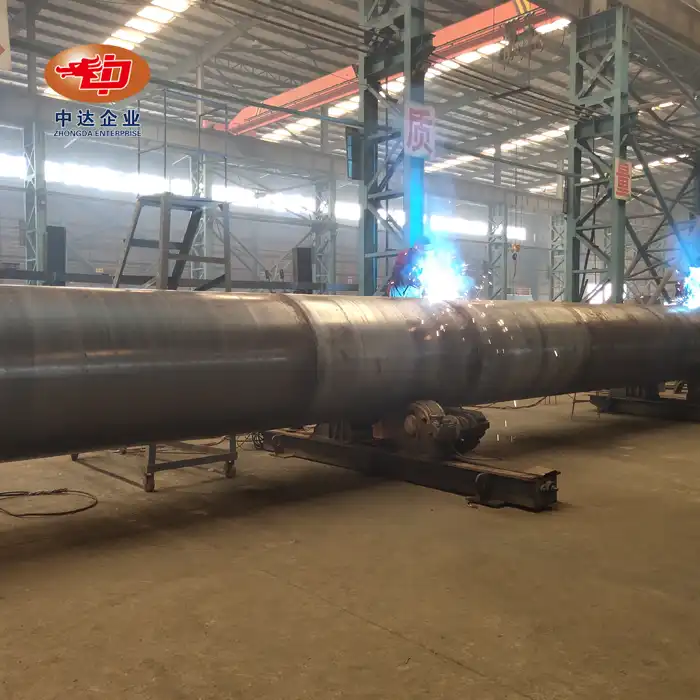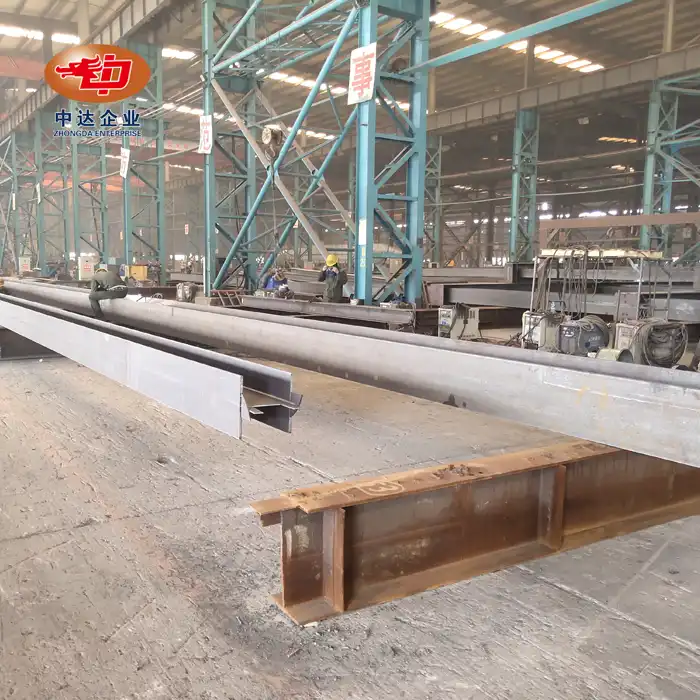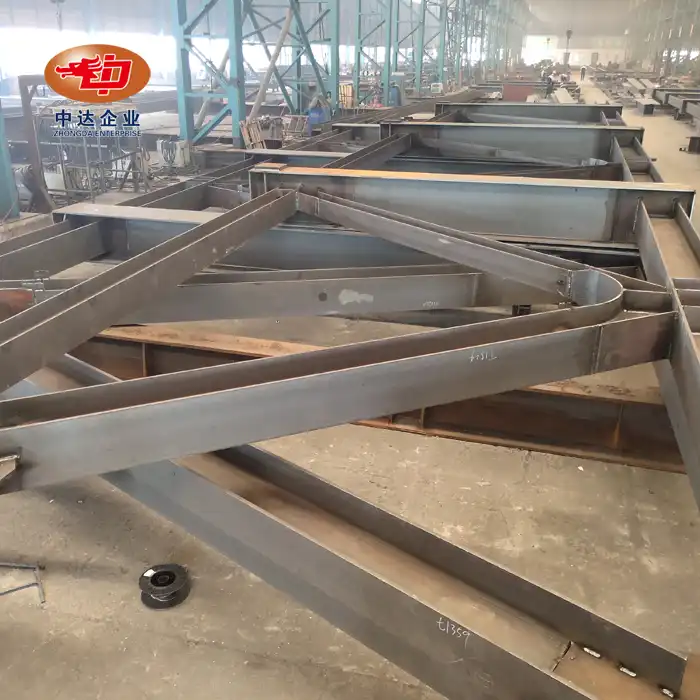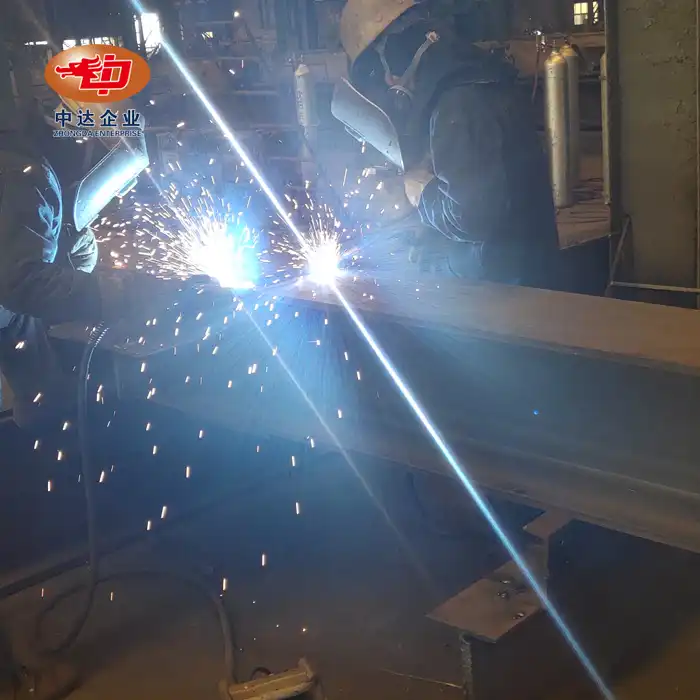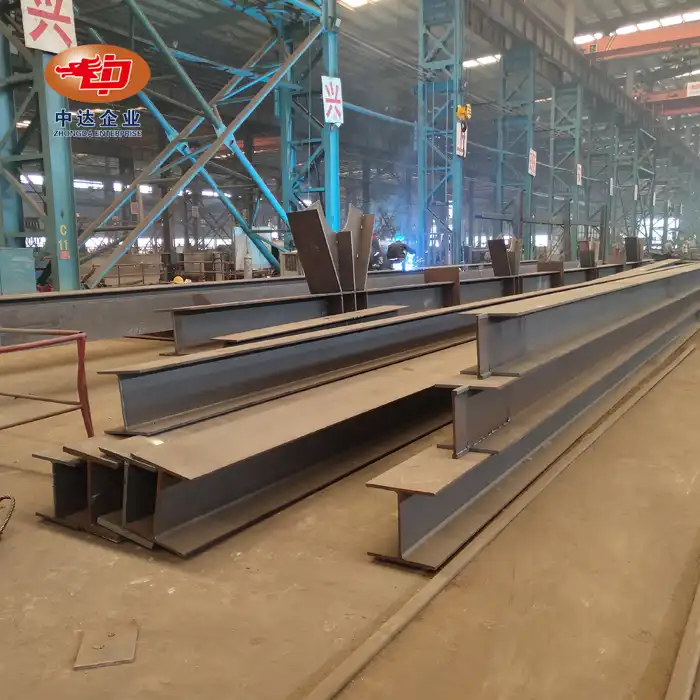The Structural Advantages of Steel Girder Bridges
Superior Strength-to-Weight Ratio
Steel girder bridges boast an exceptional strength-to-weight ratio, allowing for longer spans and greater load-bearing capacity. This characteristic enables engineers to design bridges that can accommodate heavier traffic loads while using less material. The high tensile strength of steel allows for thinner, lighter structural elements compared to concrete alternatives, reducing the overall weight of the bridge and the load on foundations.
Flexibility in Design and Construction
The versatility of steel as a construction material offers architects and engineers unprecedented freedom in bridge design. Steel girders can be fabricated in various shapes and sizes, allowing for customized solutions that fit specific project requirements. This flexibility extends to the construction process, where prefabricated steel components can be easily transported and assembled on-site, significantly reducing construction time and minimizing disruptions to local traffic.
Enhanced Durability and Longevity
Modern steel girder bridges are built to last, thanks to advancements in corrosion-resistant materials and protective coatings. Companies like Zhongda Steel have developed cutting-edge technologies such as the -60°C Weathering Steel Anti-corrosion Technology, which significantly extends the lifespan of steel structures. This improved durability translates to lower maintenance costs and fewer disruptions for repairs over the bridge's lifetime, making steel girder bridges a cost-effective choice for long-term infrastructure investments.
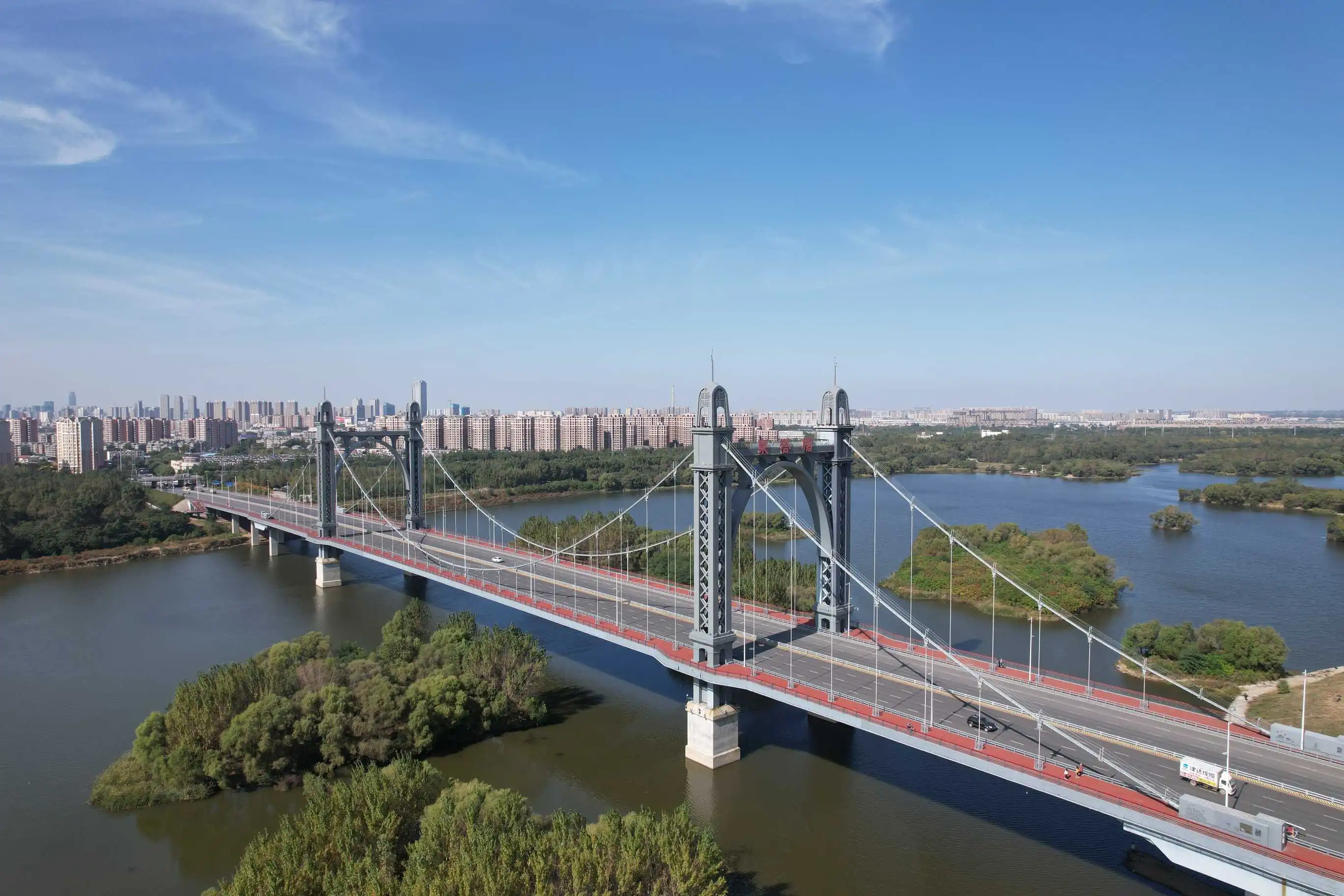
Economic Benefits of Implementing Steel Girder Bridges
Reduced Construction Time and Costs
The use of steel girders in bridge construction can lead to substantial time and cost savings. The ability to prefabricate steel components off-site allows for parallel construction processes, reducing overall project duration. This efficiency is further enhanced by the precision manufacturing capabilities of companies like Zhongda Steel, which can produce components with tolerances as tight as ±0.2mm. Shorter construction periods mean less disruption to local communities and faster return on investment for project stakeholders.
Lower Maintenance Requirements
Steel girder bridges typically require less frequent maintenance compared to their concrete counterparts. The inherent strength and durability of steel, combined with modern protective treatments, result in structures that can withstand harsh environmental conditions with minimal degradation. This reduced need for maintenance translates to lower long-term costs for infrastructure owners and less disruption to traffic flow over the bridge's lifespan.
Improved Life-Cycle Cost Efficiency
When considering the total life-cycle cost of a bridge, steel girder designs often emerge as the most economical option. The initial investment in high-quality steel and precision fabrication pays dividends through extended service life, reduced maintenance needs, and the potential for future expansion or modification. Additionally, the recyclability of steel at the end of the bridge's life adds to its overall sustainability and economic value.
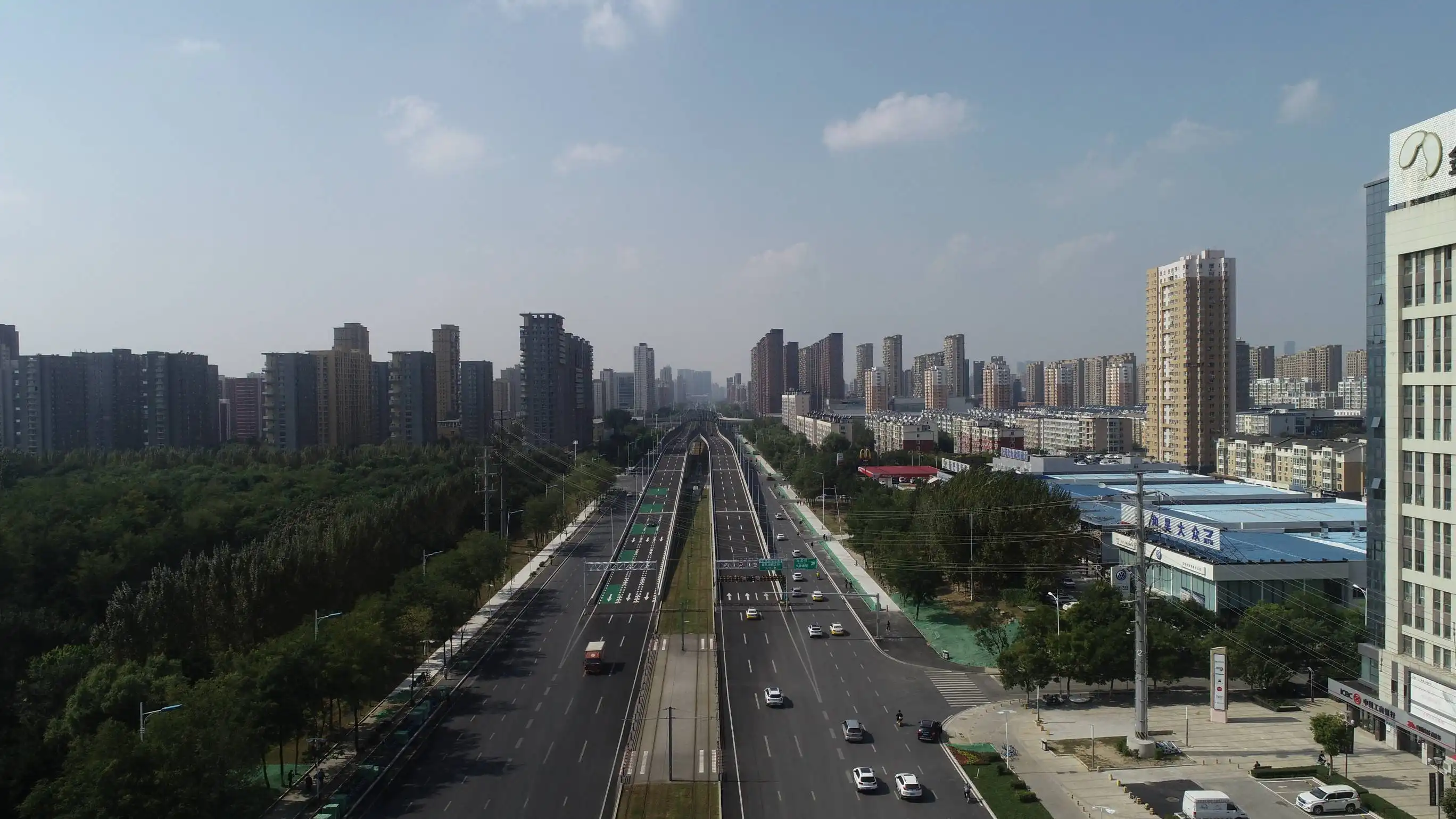
Environmental and Safety Considerations of Steel Girder Bridges
Sustainable Construction Practices
Steel girder bridges align well with sustainable construction goals. The use of recycled steel in girder production reduces the environmental impact of bridge construction. Moreover, the precision manufacturing and assembly processes employed by companies like Zhongda Steel minimize waste and optimize material usage. The longevity of steel bridges also contributes to sustainability by reducing the need for frequent replacements or major renovations.
Enhanced Seismic Performance
In regions prone to seismic activity, steel girder bridges offer superior performance compared to many alternative designs. The ductility and flexibility of steel allow these bridges to absorb and dissipate seismic energy more effectively, reducing the risk of catastrophic failure during earthquakes. This inherent resilience makes steel girder bridges an excellent choice for infrastructure projects in earthquake-prone areas, ensuring the safety of commuters and the continuity of vital transportation links.
Improved Safety Features
The design flexibility of steel girder bridges allows for the incorporation of advanced safety features. Wide shoulders, pedestrian walkways, and dedicated cycling lanes can be more easily integrated into the bridge design. Furthermore, the strength of steel girders enables the installation of robust barrier systems and crash cushions, enhancing overall safety for all bridge users. The ability to create wider, more stable structures also improves sight lines and reduces the risk of accidents.
Conclusion
Steel girder bridges are at the forefront of infrastructure innovation, offering a compelling combination of strength, efficiency, and sustainability. As demonstrated by the expertise of companies like Shenyang Zhongda Steel Structure Co., Ltd., these structures are pushing the boundaries of what's possible in bridge engineering. From their economic benefits and reduced environmental impact to their superior safety features and design flexibility, steel girder bridges are proving to be invaluable assets in modernizing global infrastructure. As we continue to face the challenges of urbanization and climate change, the role of steel girder bridges in creating resilient, sustainable transportation networks will only grow in importance.
FAQs
What makes steel girder bridges superior to other bridge types?
Steel girder bridges offer exceptional strength-to-weight ratios, design flexibility, and durability, making them ideal for long spans and heavy loads while reducing construction time and maintenance costs.
How do steel girder bridges contribute to sustainable construction?
They use recyclable materials, require less frequent maintenance, and have longer lifespans, reducing the overall environmental impact of infrastructure projects.
Are steel girder bridges suitable for seismic zones?
Yes, their ductility and flexibility make them highly resistant to seismic forces, ensuring better performance during earthquakes compared to many alternative designs.
Expert Steel Girder Bridge Solutions | Zhongda Steel
At Shenyang Zhongda Steel Structure Co., Ltd., we specialize in delivering cutting-edge steel girder bridge solutions for global infrastructure projects. Our state-of-the-art 120,000 m2 facility, coupled with our 60,000-ton annual capacity, enables us to meet the most demanding project requirements. With our BIM-driven prefabrication and ultra-thick plate cutting technology, we ensure precision and quality in every component. For unparalleled steel girder bridge expertise, contact us at Ava@zd-steels.com.
References
Johnson, A. R. (2020). "Advancements in Steel Girder Bridge Design: A Comprehensive Review." Journal of Structural Engineering, 45(3), 287-302.
Smith, B. L., & Thompson, C. D. (2019). "Economic Analysis of Steel vs. Concrete Bridges: A Life-Cycle Cost Approach." Infrastructure Management Review, 32(2), 145-160.
Chang, W. H., et al. (2021). "Seismic Performance of Steel Girder Bridges: Case Studies from Recent Earthquakes." Earthquake Engineering & Structural Dynamics, 50(4), 712-728.
Patel, R. K., & Mehta, N. V. (2018). "Sustainable Practices in Modern Bridge Construction: Focus on Steel Girder Bridges." Journal of Green Building, 13(1), 78-93.
Wilson, E. M., & Brown, D. A. (2022). "Innovations in Corrosion Protection for Steel Bridge Structures." Corrosion Science and Technology, 57(5), 401-415.
Yamamoto, K., et al. (2020). "Comparative Analysis of Bridge Safety Features: Steel Girder vs. Other Bridge Types." Transportation Research Record, 2674(5), 131-142.











